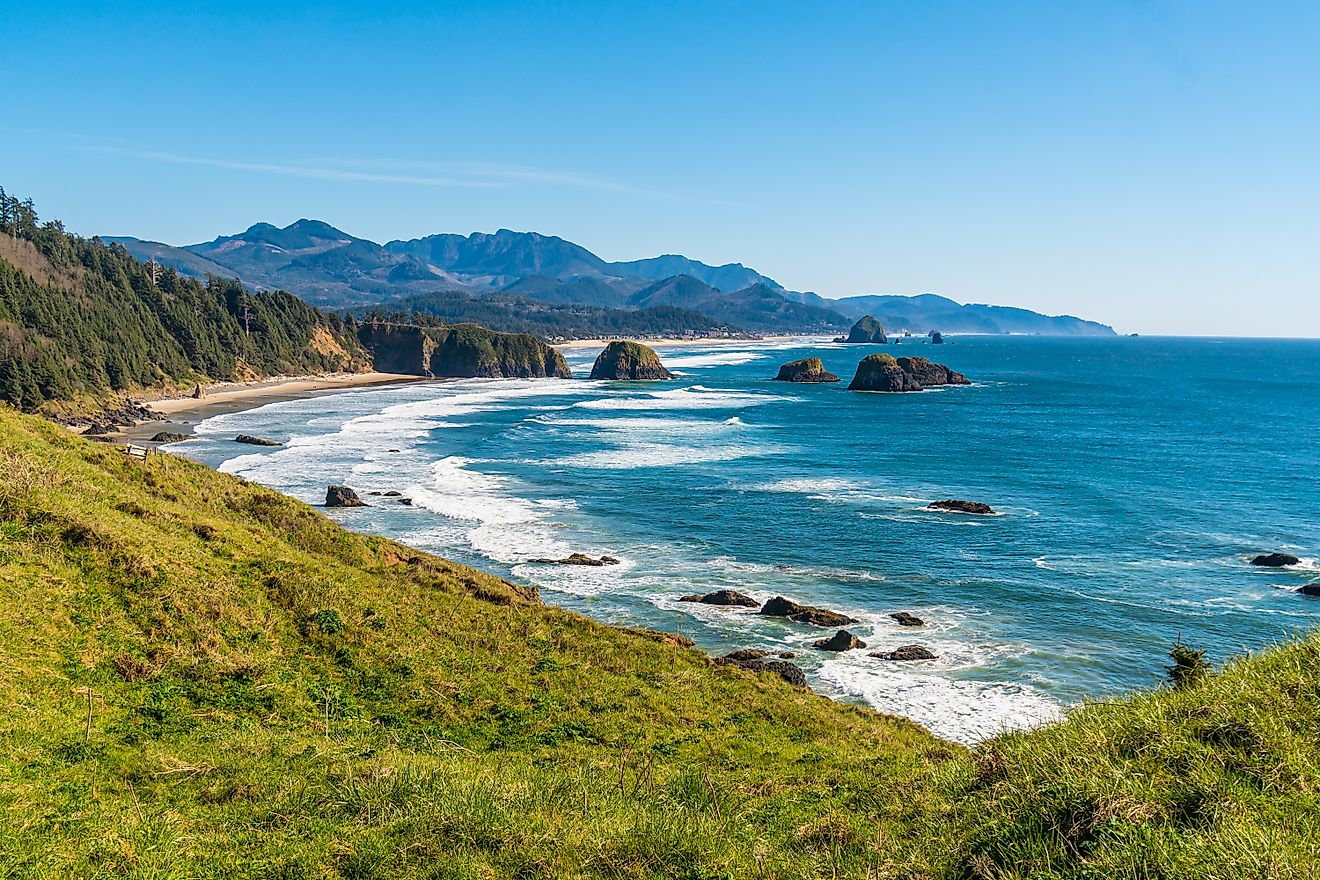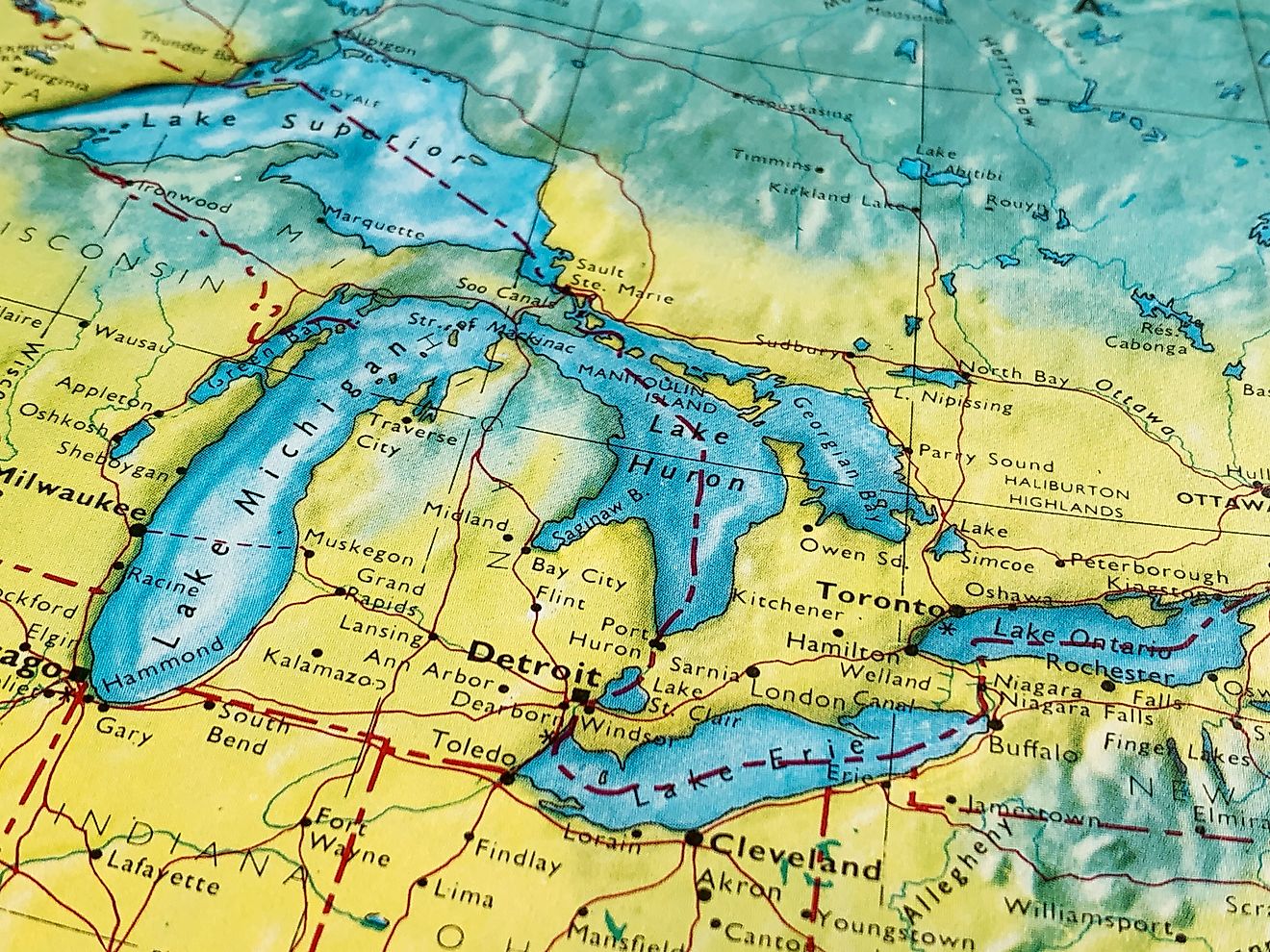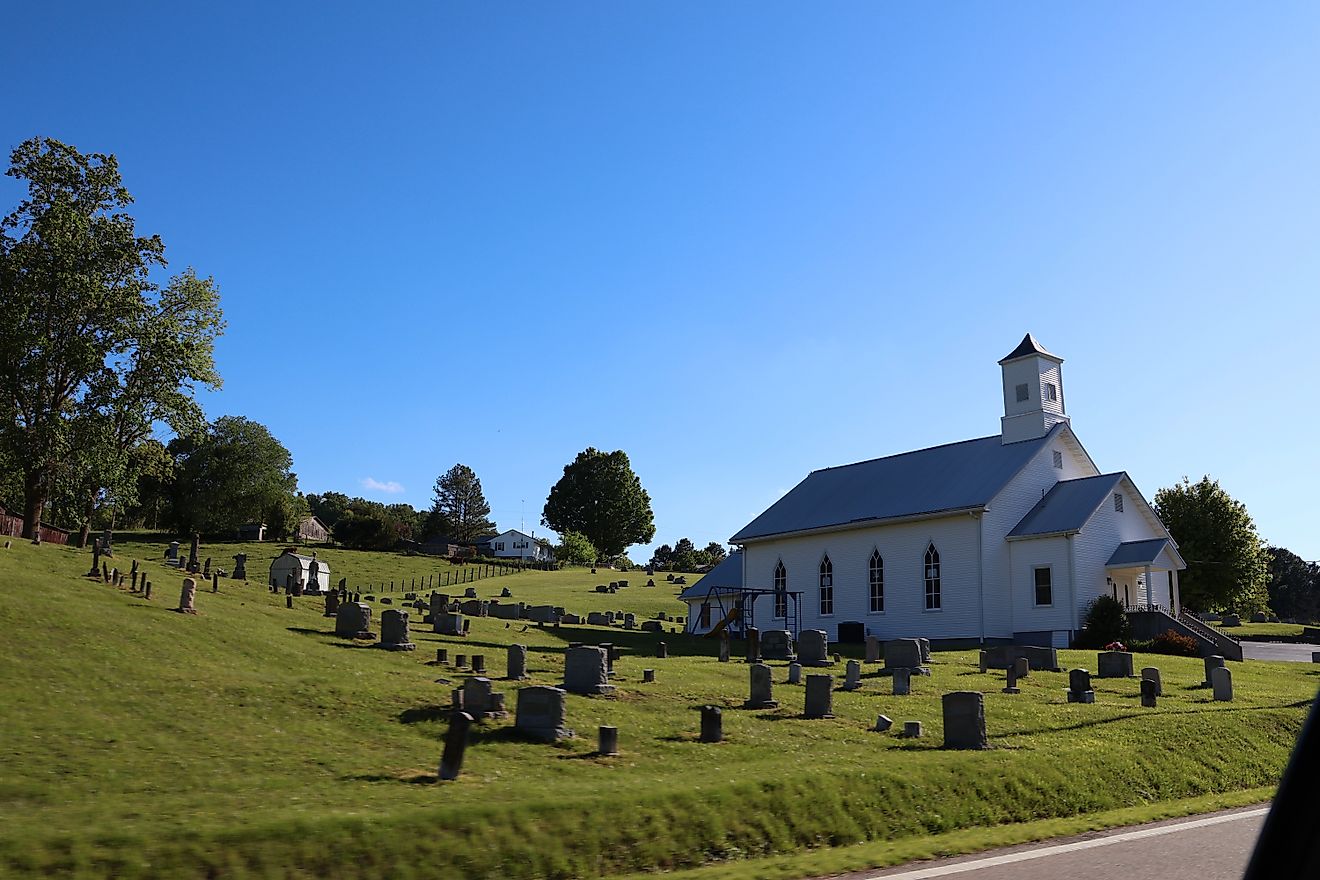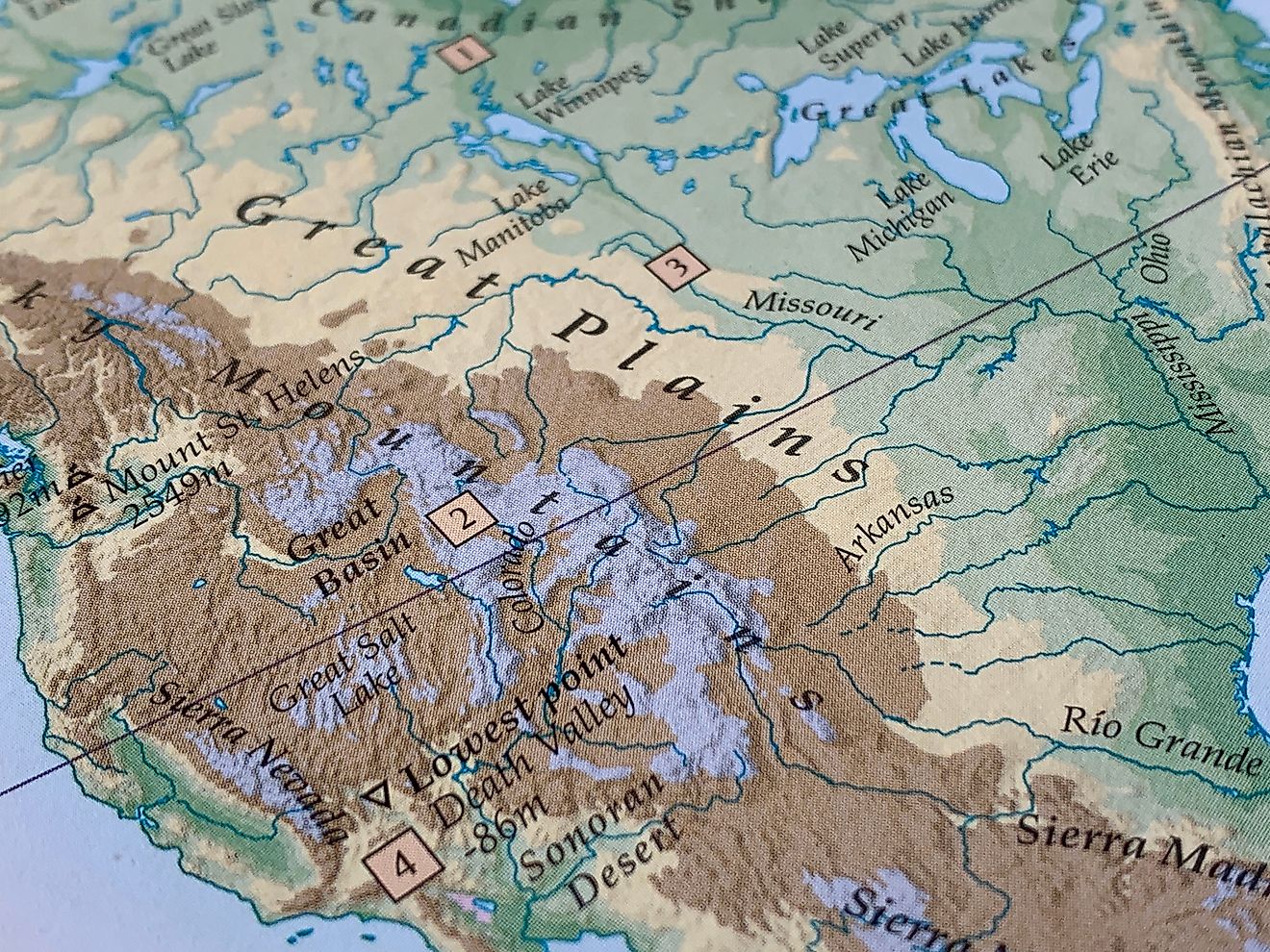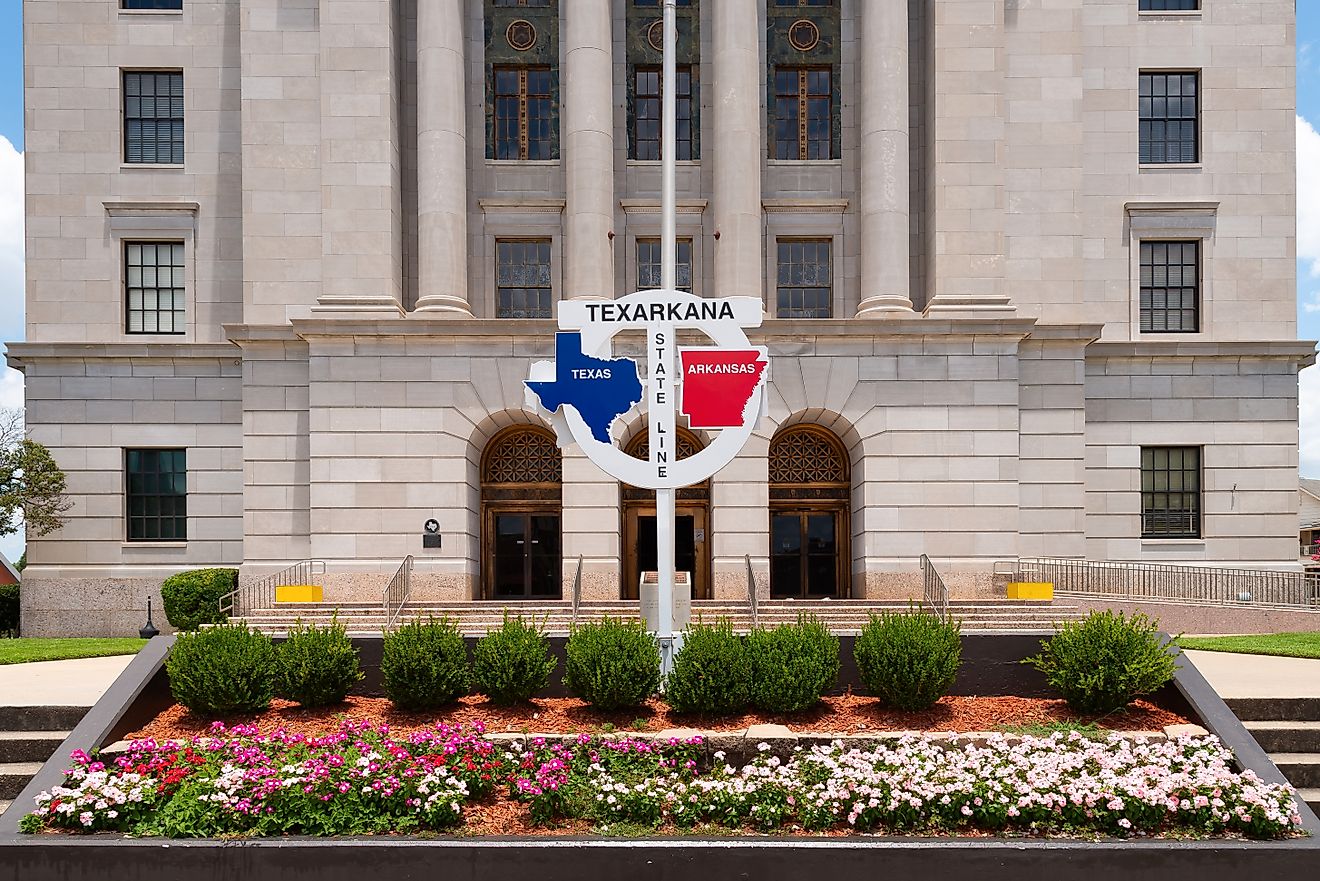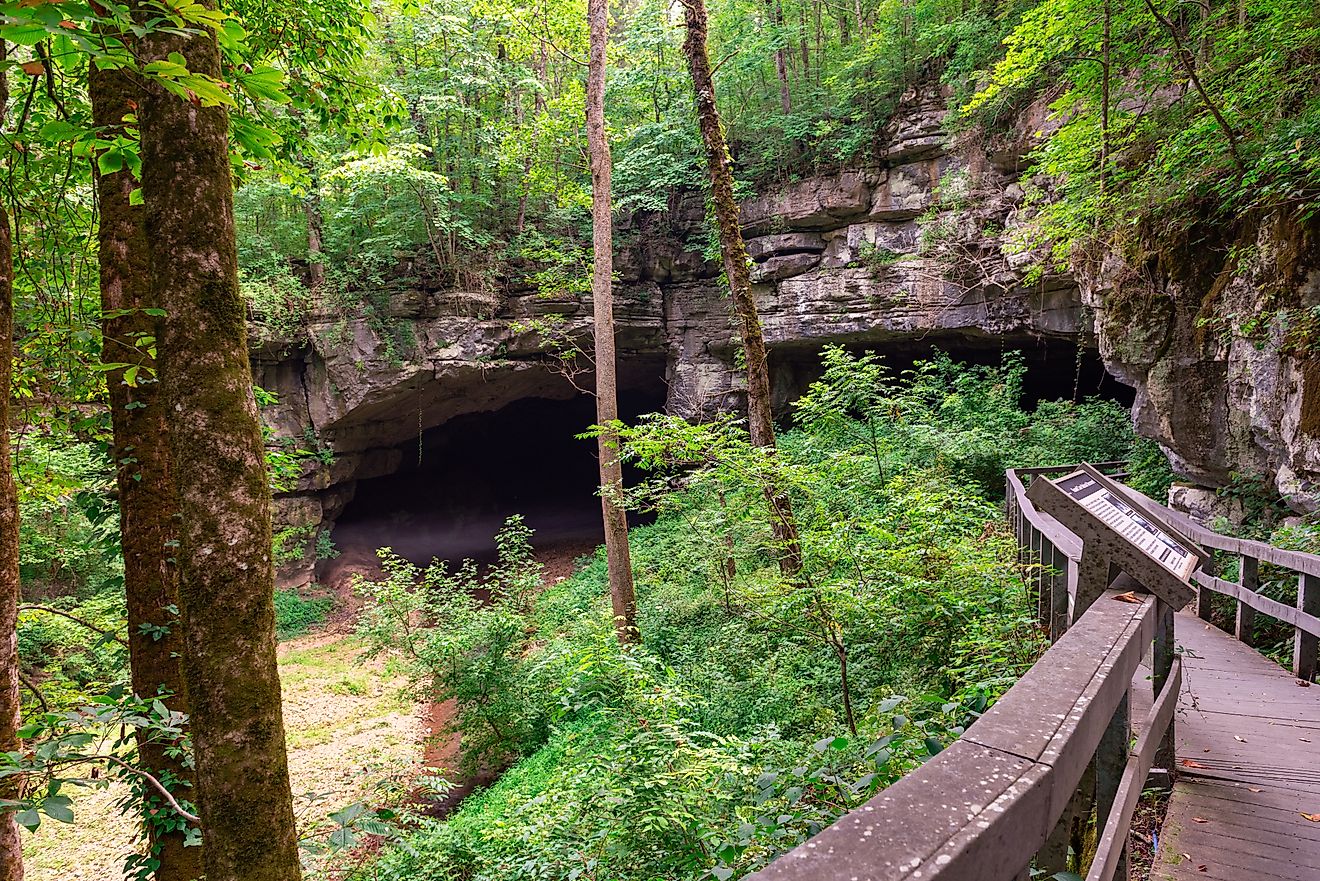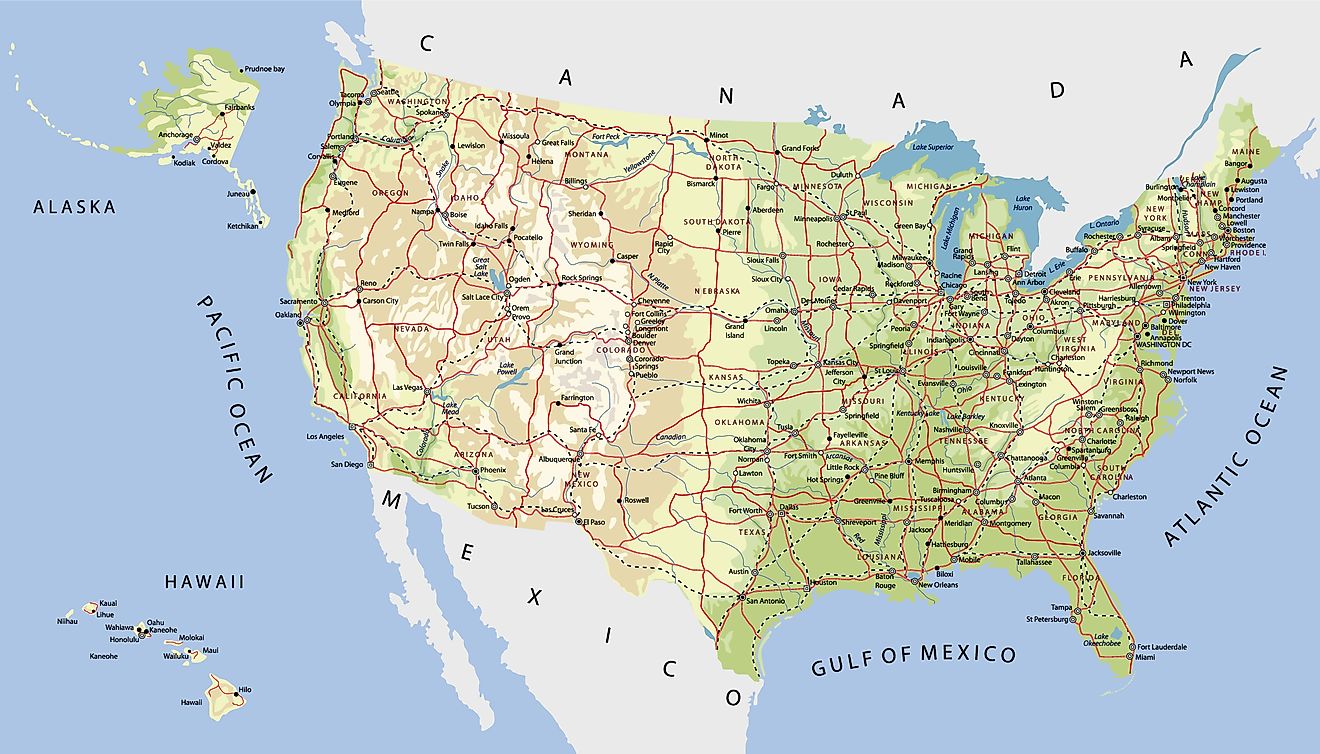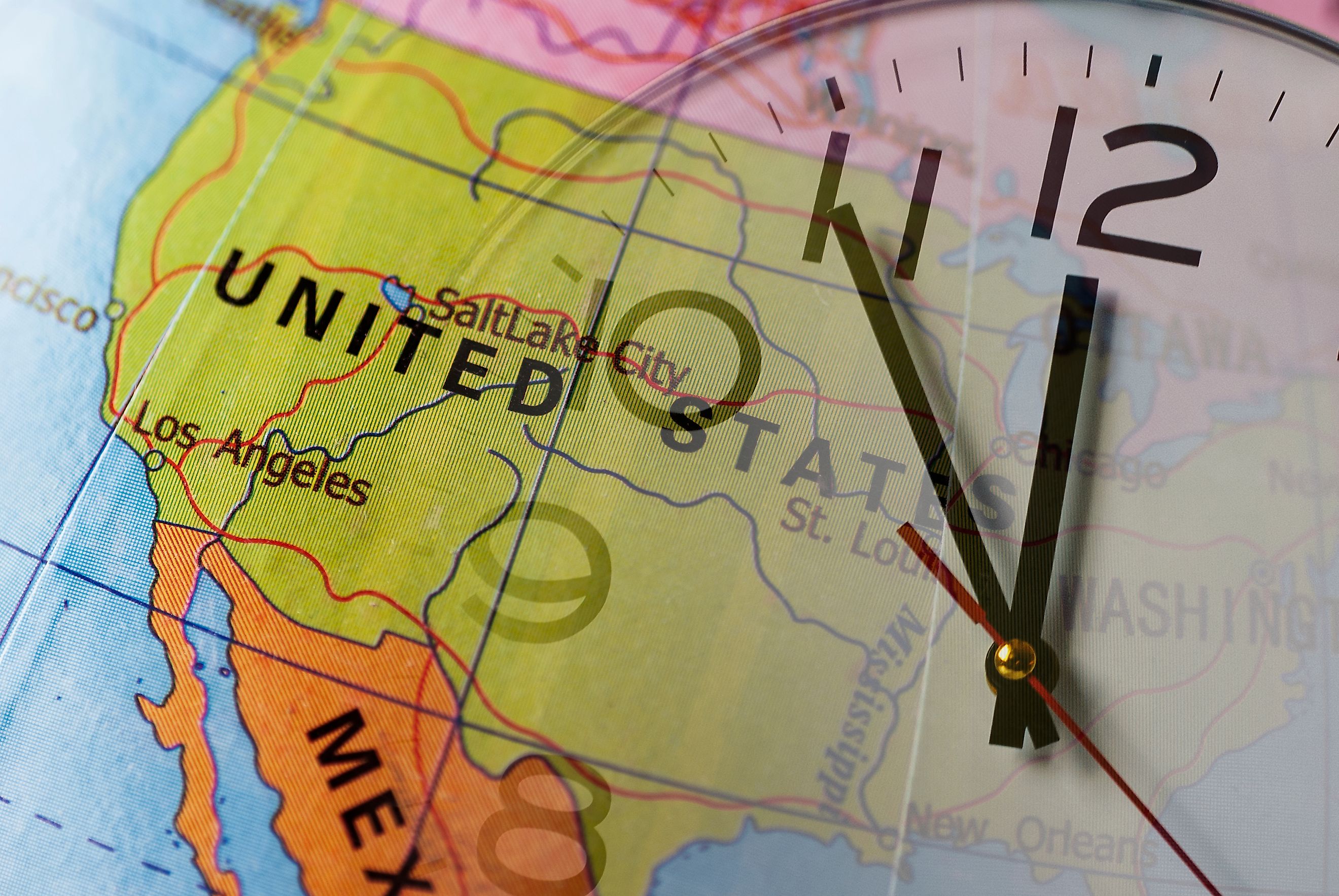
How Many Time Zones Are in The United States?
When it comes to keeping time, the United States is anything but simple. With states stretching across vast distances and territories scattered throughout the Pacific and Caribbean, the US spans more time zones than most countries on Earth. So how many time zones are there in the United States?
The answer is six primary time zones in the 50 states, and 11 total if you include US territories. From the eastern edge of Maine to the islands of Guam, each zone reflects not just geography but also political decisions and local preferences.
Take a comprehensive look at how America tells time and why it’s more complicated than you might think.
The Six Main US Time Zones
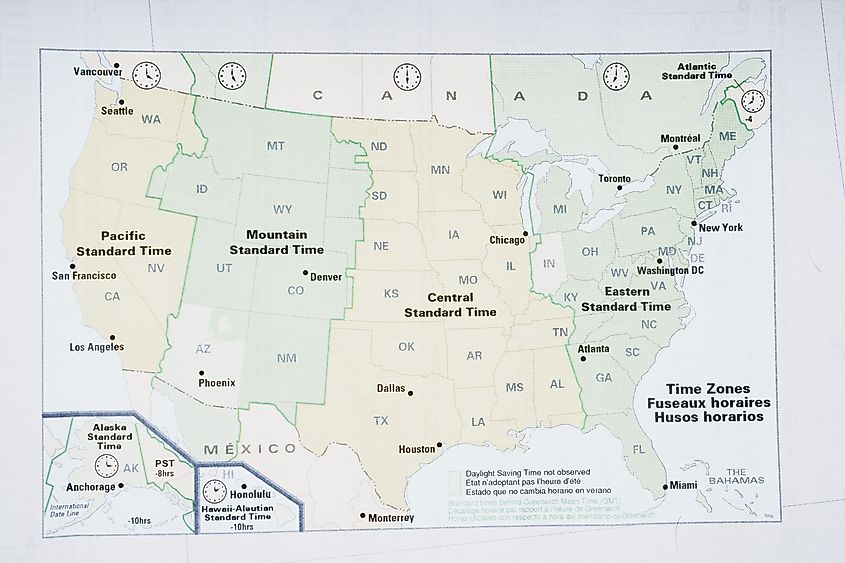
Across the continental United States and non-contiguous states like Alaska and Hawaii, six standard time zones govern daily life:
Eastern Standard Time (EST) – UTC−5
Eastern Standard Time is the most populous time zone in the US, covering cities like New York, Washington D.C., Atlanta, and Miami. It includes 17 states in full and parts of several others. During Daylight Saving Time, it switches to Eastern Daylight Time (EDT), or UTC−4.
Central Standard Time (CST) – UTC−6
The Central Time Zone encompasses a large swath of the Midwest and South, including cities like Chicago, Dallas, and New Orleans. It covers 10 full states and parts of several more. Like EST, it observes Daylight Saving Time (CDT, UTC−5) in spring and summer.
Mountain Standard Time (MST) – UTC−7
Mountain Time covers less populated but expansive states such as Colorado, New Mexico, and parts of Arizona and Utah. During Daylight Saving Time, it becomes MDT (UTC−6). However, Arizona does not observe Daylight Saving Time except on Navajo land, where it does.
Pacific Standard Time (PST) – UTC−8
PST spans the West Coast, including California, Oregon, Washington, and Nevada. Major cities like Los Angeles, San Francisco, and Seattle follow this time zone, which becomes PDT (UTC−7) in Daylight Saving Time months.
Alaska Standard Time (AKST) – UTC−9
The massive state of Alaska follows its own time zone. Though it spans multiple natural zones, most of the state adheres to Alaska Standard Time. During Daylight Saving Time, clocks spring forward to AKDT (UTC−8).
Hawaii-Aleutian Standard Time (HAST) – UTC−10
Hawaii and the Aleutian Islands of Alaska share this time zone. Hawaii is unique in that it does not observe Daylight Saving Time, meaning it remains on HAST year-round. The Aleutians do observe DST and shift to HADT (UTC−9) in summer.
US Territories and Their Time Zones
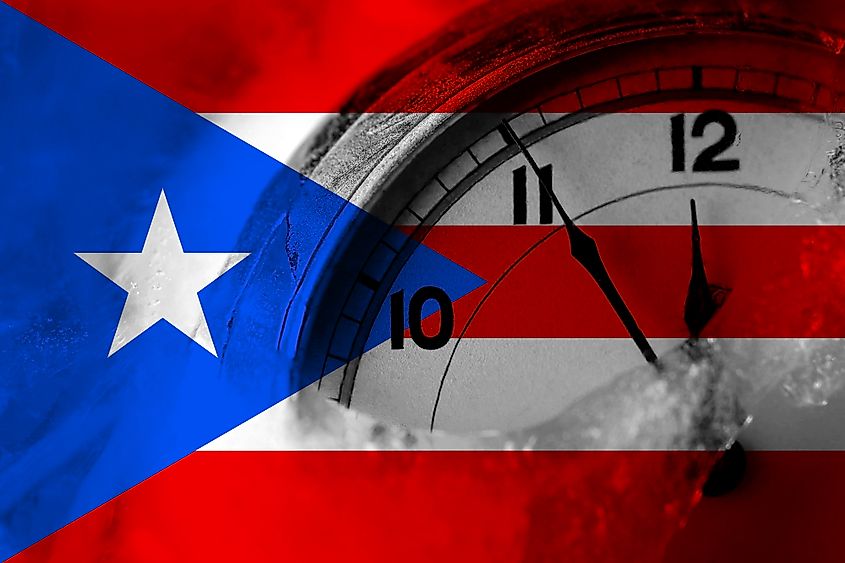
While the 50 states use six primary time zones, US territories add five more:
Atlantic Standard Time (AST) – UTC−4
Puerto Rico and the US Virgin Islands operate on AST. They do not observe Daylight Saving Time. This time zone aligns with some Caribbean nations and is one hour ahead of Eastern Time during standard time.
Chamorro Standard Time (ChST) – UTC+10
Guam and the Northern Mariana Islands use Chamorro Time, which is 15 hours ahead of Eastern Standard Time. It’s the furthest forward time zone in the US and does not observe DST.
Samoa Standard Time (SST) – UTC−11
American Samoa, located in the South Pacific, follows SST, which is one hour behind Hawaii. It does not observe Daylight Saving Time.
Wake Island Time Zone (WAKT) – UTC+12
Wake Island, a minor outlying island administered by the U.S. Air Force, is 12 hours ahead of Coordinated Universal Time. It has no permanent population but maintains a fixed time zone.
Howland and Baker Islands – UTC−12
Technically, the uninhabited Howland and Baker Islands sit in the last time zone on Earth, UTC−12. These islands are uninhabited, but for recordkeeping, they are assigned their own time zone.
Daylight Saving Time: A Complicating Factor
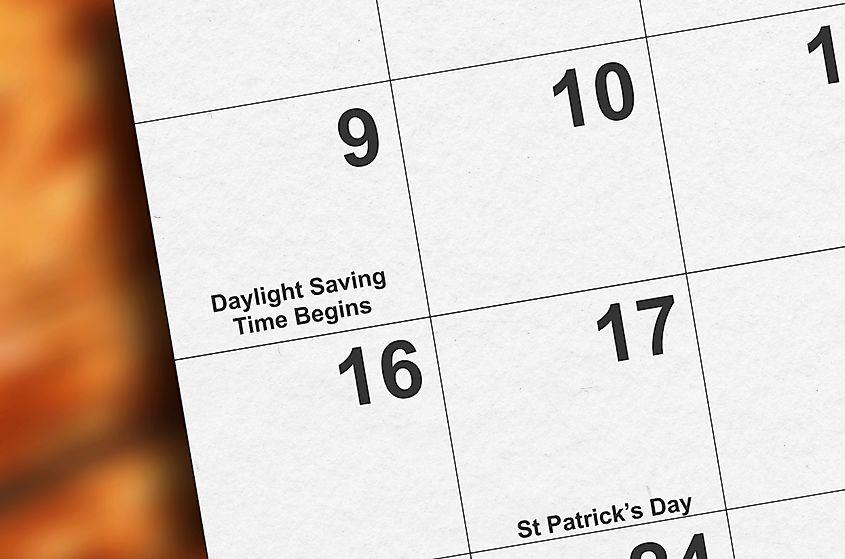
Daylight Saving Time (DST) affects most US states and adds seasonal variation to timekeeping. From 2 a.m. on the second Sunday in March to the first Sunday in November, clocks are set one hour ahead.
However, not all regions participate. Here's where it gets tricky:
-
Hawaii and most of Arizona do not observe DST.
-
US territories like Puerto Rico, Guam, and American Samoa also do not participate.
-
The Navajo Nation, which spans parts of Arizona, New Mexico, and Utah, does observe DST—even in the Arizona portion.
This inconsistency means two places in the same standard time zone can be an hour apart during summer months.
Why So Many Time Zones?

The need for time zones arose during the 19th century, driven by expanding railroads and the need to standardize train schedules. Before then, each city kept local "sun time," based on its own longitude. That meant noon in one town might be 12:08 p.m. just a few miles away.
In 1883, American and Canadian railroads adopted a system of four continental time zones—Eastern, Central, Mountain, and Pacific. Congress later formalized these zones with the Standard Time Act of 1918.
As the US expanded and acquired overseas territories, more zones were added to accommodate far-flung regions like Guam, Samoa, and Wake Island.
The International Date Line Factor

The International Date Line (IDL) creates another layer of complexity. It runs through the Pacific Ocean and separates one calendar day from the next.
-
Guam and the Northern Mariana Islands are a full day ahead of the US mainland.
-
American Samoa is nearly on the opposite side of the Date Line, meaning it’s almost a full day behind Guam—even though they are both US territories.
This creates situations where two US territories can be experiencing different days at the same moment.
Time Zones by State: A Quick Look

While most states fall entirely within one time zone, several are split between two:
-
Florida: Mostly Eastern, but parts of the Panhandle use Central.
-
Tennessee: Eastern and Central.
-
Kentucky: Eastern and Central.
-
Indiana: Mostly Eastern, but some counties in the west use Central.
-
North Dakota, South Dakota, Nebraska, Kansas, Texas, and Oregon all have small regions in different zones.
These splits are often determined by local preference, economic ties, or proximity to neighboring states.
Fun Facts About US Time Zones
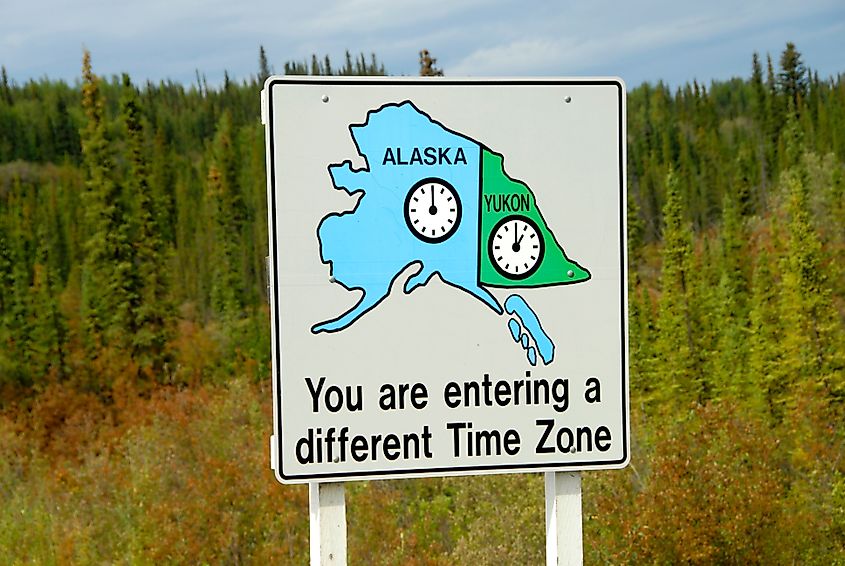
-
Most Time Zones in One State: Alaska technically spans four time zones, but most of the state follows Alaska Standard Time.
-
Biggest Time Difference Within the US: There’s a 24-hour time difference between Baker Island (UTC−12) and Wake Island (UTC+12), both uninhabited US territories.
-
Shortest Use of a Time Zone: Some parts of Indiana used to unofficially observe "fast time" or different versions of DST until federal law standardized their practice.
-
First Sunrise in the US: It occurs in Maine, the easternmost state.
-
Last Sunset: Can often be found in parts of Alaska or the western Aleutian Islands, depending on the time of year.
Should the US Reduce Its Time Zones?
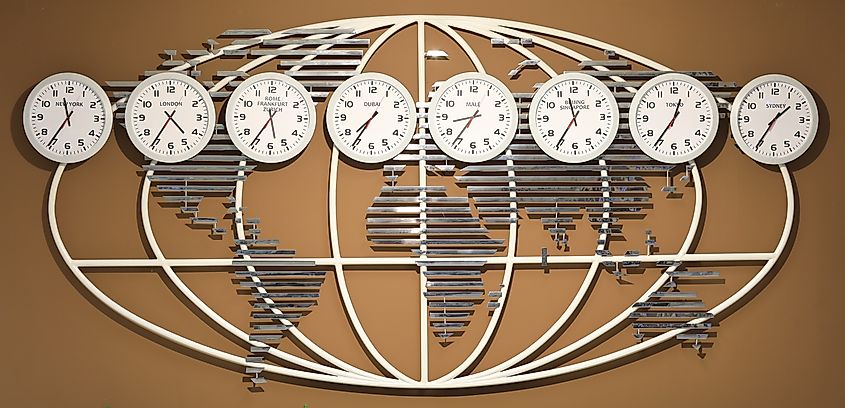
There have been calls in recent years to simplify America’s timekeeping. Some lawmakers advocate for eliminating Daylight Saving Time altogether, while others suggest moving to a national standard time.
Still, geography is destiny. With a landmass as vast and diverse as the United States, six primary time zones remain the most practical way to manage daily life, travel, and commerce across regions.
Conclusion
So, how many time zones are in the United States? The answer depends on how you define “United States.”
-
If you count just the 50 states, the US operates across six time zones.
-
If you include territories and minor islands, the total rises to 11.
Whether you're booking a flight from New York to Honolulu or calling a friend in Guam, knowing America’s time zones helps you keep your clock and calendar on track.
As the sun rises over Maine and sets hours later over the Pacific, one thing’s certain: the United States never truly sleeps.
